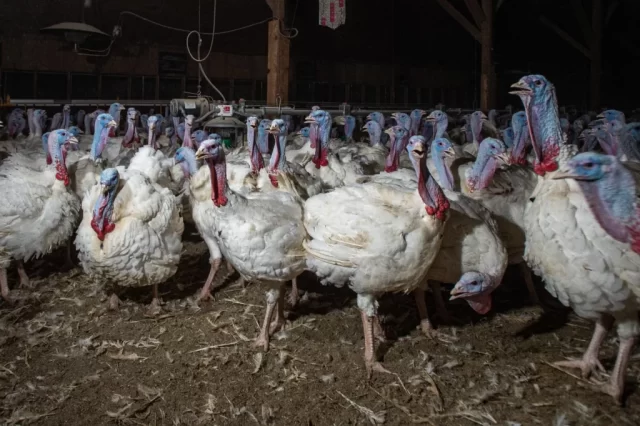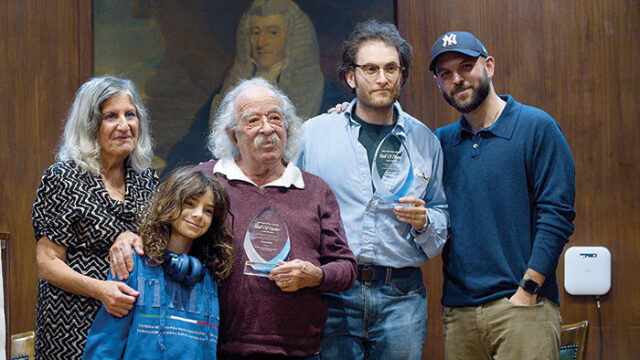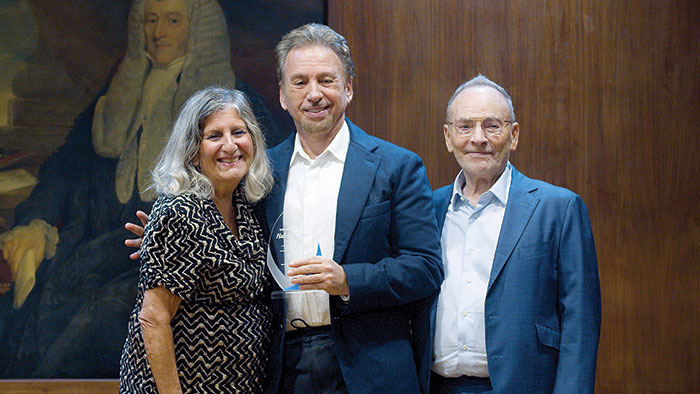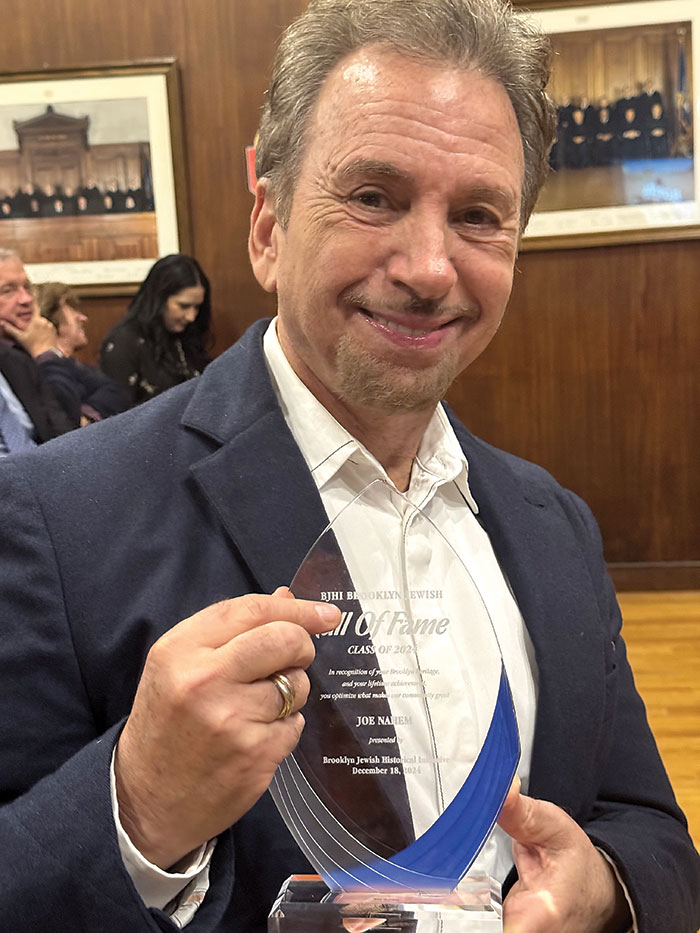China’s “Artificial Sun” Achieves Breakthrough in Nuclear Fusion Research
In a groundbreaking achievement, China’s Experimental Advanced Superconducting Tokamak (EAST), commonly referred to as the “artificial sun,” has successfully sustained high-confinement plasma for an astounding 1,066 seconds, or nearly 18 minutes. This marks a major leap forward in nuclear fusion research, surpassing the previous record of 403 seconds set by the same reactor just a year ago in 2023.
During this remarkable experiment, EAST reached temperatures exceeding 180 million degrees Fahrenheit (approximately 100 million degrees Celsius), far hotter than the core of the sun itself. To achieve these extreme conditions, the reactor’s heating systems operated at the equivalent power of 140,000 microwave ovens, effectively creating an environment where nuclear fusion—mimicking the process by which the sun produces energy—could occur.
The Promise of Nuclear Fusion
Nuclear fusion has long been hailed as a potential game-changer in the field of energy production. If successfully harnessed, it could provide a virtually limitless and clean source of energy, free from the harmful emissions associated with traditional fossil fuels. Fusion works by fusing atomic nuclei together to release vast amounts of energy, a process that powers the sun and other stars. However, despite its promise, the process currently consumes more energy than it produces, making it a challenging endeavor for scientists and engineers.
China’s EAST project, which has made significant strides in improving plasma confinement, represents a crucial step toward solving the energy production challenges of nuclear fusion. By maintaining plasma at such extreme temperatures for extended periods, researchers are able to better understand the complex dynamics of fusion reactions, which could help pave the way for a sustainable and efficient fusion energy system in the future.
Global Collaboration in Fusion Energy
The data collected from this successful experiment at EAST will contribute to the broader international effort to develop fusion energy. In particular, the research will aid the International Thermonuclear Experimental Reactor (ITER) project, based in France. ITER is an ambitious international collaboration involving multiple countries, including the European Union, India, Japan, Russia, South Korea, and the United States, with the goal of demonstrating the feasibility of nuclear fusion as a large-scale energy source.
ITER aims to create a sustainable fusion reaction that produces more energy than it consumes, a critical milestone in the quest for clean energy. The progress made by China’s EAST reactor could significantly support ITER’s efforts, especially in the areas of plasma confinement and the optimization of fusion reactors.
The Road Ahead
While the EAST reactor’s latest success is a major step forward, challenges remain. Researchers are still working to achieve net-positive energy output—where the energy generated from the fusion process exceeds the energy required to sustain it. Overcoming this barrier will require significant advancements in technology, particularly in terms of plasma stability, energy extraction, and reactor design.
However, the progress demonstrated by EAST and the ongoing work at ITER have brought the dream of nuclear fusion closer to reality. With countries around the world working together to harness the power of fusion, the future of clean and virtually limitless energy looks more promising than ever before.
As the field of nuclear fusion continues to evolve, the success of EAST provides a hopeful glimpse into what could one day become a cornerstone of global energy solutions. The road ahead may be long, but the advancements made thus far are a testament to the incredible potential of fusion energy.










 Last month, I joined many extraordinary women in celebrating Glamour Magazine’s 20th anniversary. Since 1990, Glamour’s Women of the Year Awards have saluted the world’s most outstanding achievers. If we have learned one thing in two decades of honoring extraordinary women—from Madonna to Madeleine Albright, from college presidents to the comedians of Saturday Night Live—it’s that with the courage of her convictions, a woman can do anything.
Last month, I joined many extraordinary women in celebrating Glamour Magazine’s 20th anniversary. Since 1990, Glamour’s Women of the Year Awards have saluted the world’s most outstanding achievers. If we have learned one thing in two decades of honoring extraordinary women—from Madonna to Madeleine Albright, from college presidents to the comedians of Saturday Night Live—it’s that with the courage of her convictions, a woman can do anything.



















